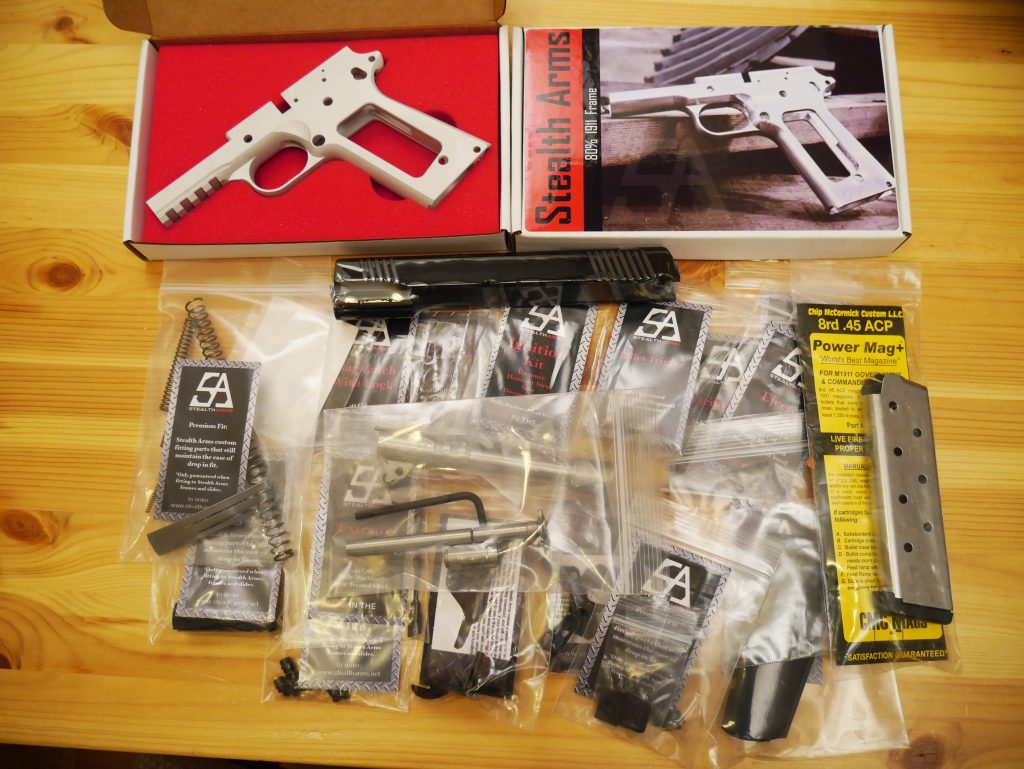


You won't want to spend too much money in case little Johno or Kylie prefers playing with the box the scope came in rather than the scope itself.
#Tasco timetool upgrade
You also want to spend enough so that you don't need to instantly upgrade to something bigger if you (or the kids) like it. Remember that there is a world of difference between the astronomers at Perth Observatory and the back yard telescope brigade. Somewhere between the two are the Astronomical Societies and Clubs. The difference is that whilst we back yardies are oohing and ahhing at the eye candy that the Southern Skies have to offer, the team at Perth Observatory are surrounded by calculations, formulae, theories trying to discover the what? why? where? and when? of our universe. Whilst I can sky hop to my heart's content around the sky, the observatory may have to watch the same single star or galaxy continuously over a period of days, months, even years. (If you are in Perth, or visiting, I highly recommend a trip to Perth Observatory on one of their viewing nights.) We will not get the same view through a 4.5" telescope that Perth Observatory get through their 24" telescope! I mention this to help you form realistic expectations. You will notice that I have deliberately included calculations and a bit of optical theory, since I believe that you should know the maths before you consider buying. I have also tried to make this review more generic so that it will apply to most budget reflectors in the $200-$350 price range, by showing you some of the pitfalls to watch out for. If you have about $200 to spend, most astronomers will advise you to get a good pair of binoculars, a planisphere and a tripod with a bino mount.

Binos are great, but if you want to see a planet as a disc of light rather than a bright dot, then you are going to need a telescope! You have to be aware that scopes at this price are not going to show you as much Deep Space stuff or high magnifications of planets, compared with more expensive scopes with larger apertures and longer focal lengths. Forget the photos of planets on the box! You will not see this through a scope at this price. These were taken by space probes during a flyby mission and have been enhanced from many composite images.


 0 kommentar(er)
0 kommentar(er)
